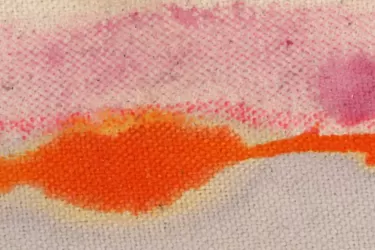
For the first time, the curriculum in Australian classrooms has a focus on truth-telling
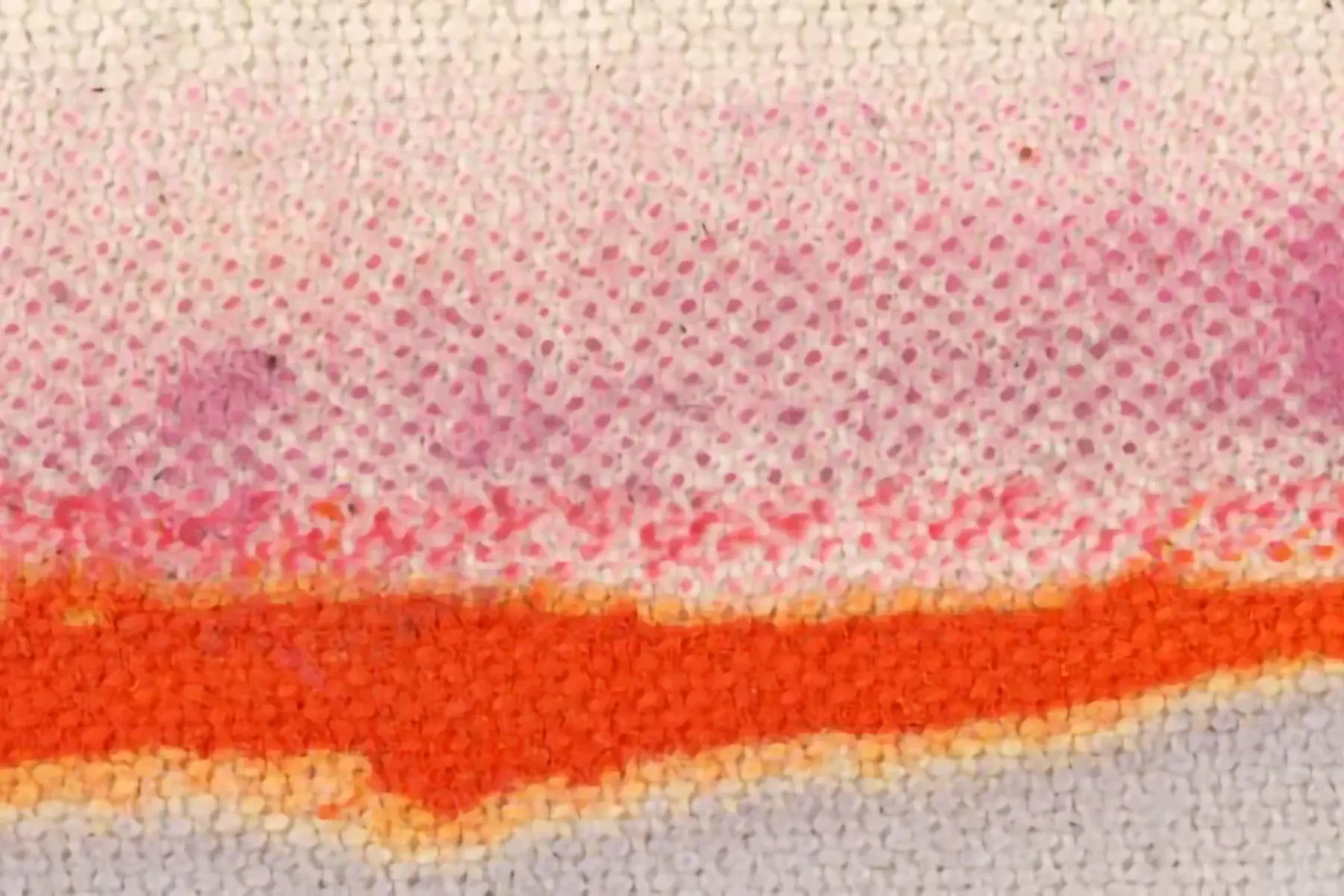
Education is an important part of societal change, but what are the best ways to include truth-telling in the Australian curriculum?
Published 28 May 2024
For the first time, the Australian school curriculum has been revised to focus on ‘truth-telling’.
In many societies with histories of violence or injustice, telling the truth about the past is an important process for overcoming division. Truth-telling can have different meanings, but broadly, it involves processes or activities of openly sharing historical truths about past injustices and their ongoing legacies.
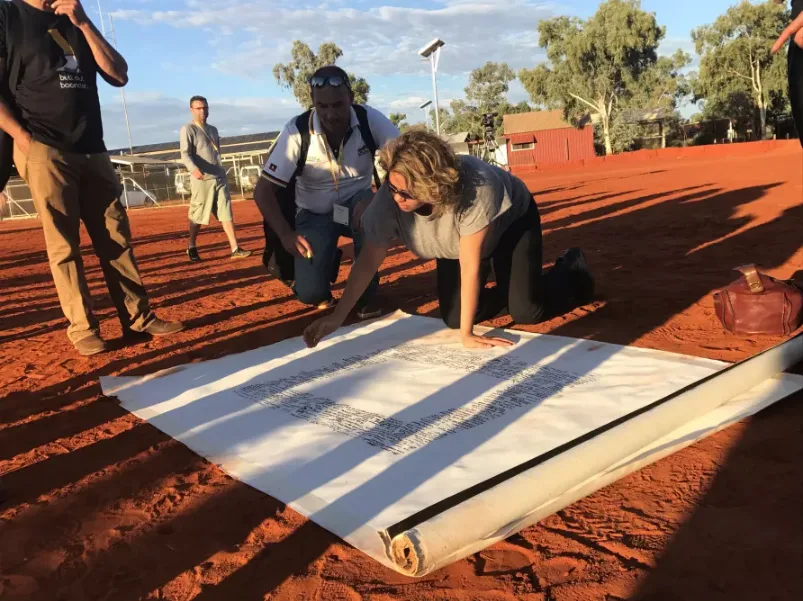
The Uluru Statement from the Heart calls for “truth-telling about our history”, and now for the first time, the curriculum taught in Australian classrooms has a focus on ‘truth-telling’.
Including truth-telling in the curriculum has the potential to develop a deeper understanding of the history and legacies of colonisation in the current generation of students – a history that has not been fully known to some people growing up in Australia.
A watershed moment
In the new national curriculum, Australian history content now includes the concept of truth-telling in the Humanities and Social Sciences (HASS) subjects.

For instance, a new content addition for History and Civics and Citizenship subjects in Year 10 level notes “how Reconciliation is not a single significant event or change, but an ongoing process of truth-telling and healing between First Nations Australians and other Australians”.
In Victoria, a new curriculum is being developed and will be implemented in 2026.
Staying in Victoria, formal treaty negotiations are set to begin in 2024 and the state’s landmark truth-telling process, the Yoorrook Justice Commission (which began in 2021) will report its findings in 2025.
Together, this marks a watershed moment in Victorian history.
So, how might the new Victorian curriculum reflect these historic movements for treaty and truth?
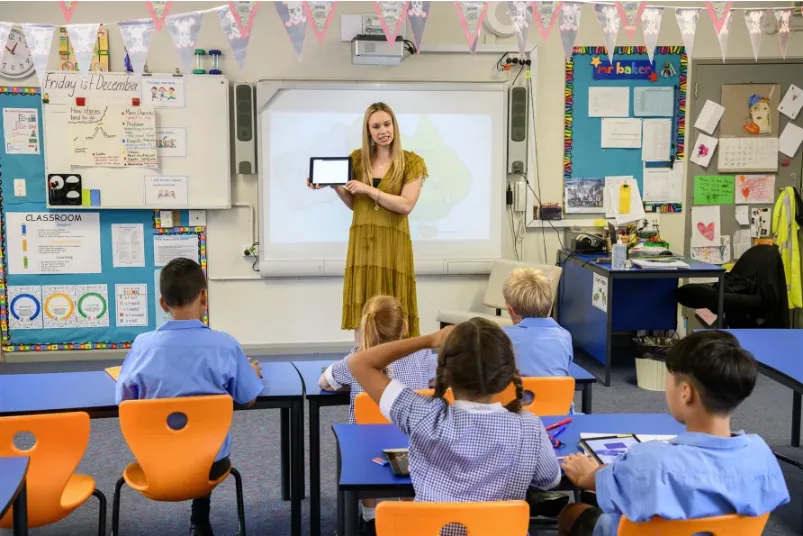
A new page?
In 2008, Kevin Rudd claimed that the National Apology to the Stolen Generations “turned a new page in the nation’s history”. Shortly afterwards, his government launched the first national curriculum.
So did the curriculum also turn a new page?
My research analysed history curriculum reforms over the past decade to see if they had shifted towards truth-telling. And I found that this recent trend is part of a longer story.

Since the Apology and the development of the first national curriculum, more content about the colonial past – including dispossession, disenfranchisement, discrimination, violence, and the forced removal of Aboriginal and Torres Strait Islander children from their families – has been systematically included.
This inclusion of colonial injustices in school curriculum is a transnational phenomenon.
In countries like Canada and New Zealand, curriculum has also been reformed to teach vital truths about the colonial past and its ongoing legacies more accurately.
This suggests a new consensus about the importance of truth-telling in education.
How are truths about the colonial past represented?
While including accurate truths about colonial injustice is a very important change, I also wanted to know how they had been included.
My research went on to analyse how colonial injustices have been represented in the curriculum since 2012 and found the curriculum organised injustices in four ways: memory, comparison, personal stories and human rights.
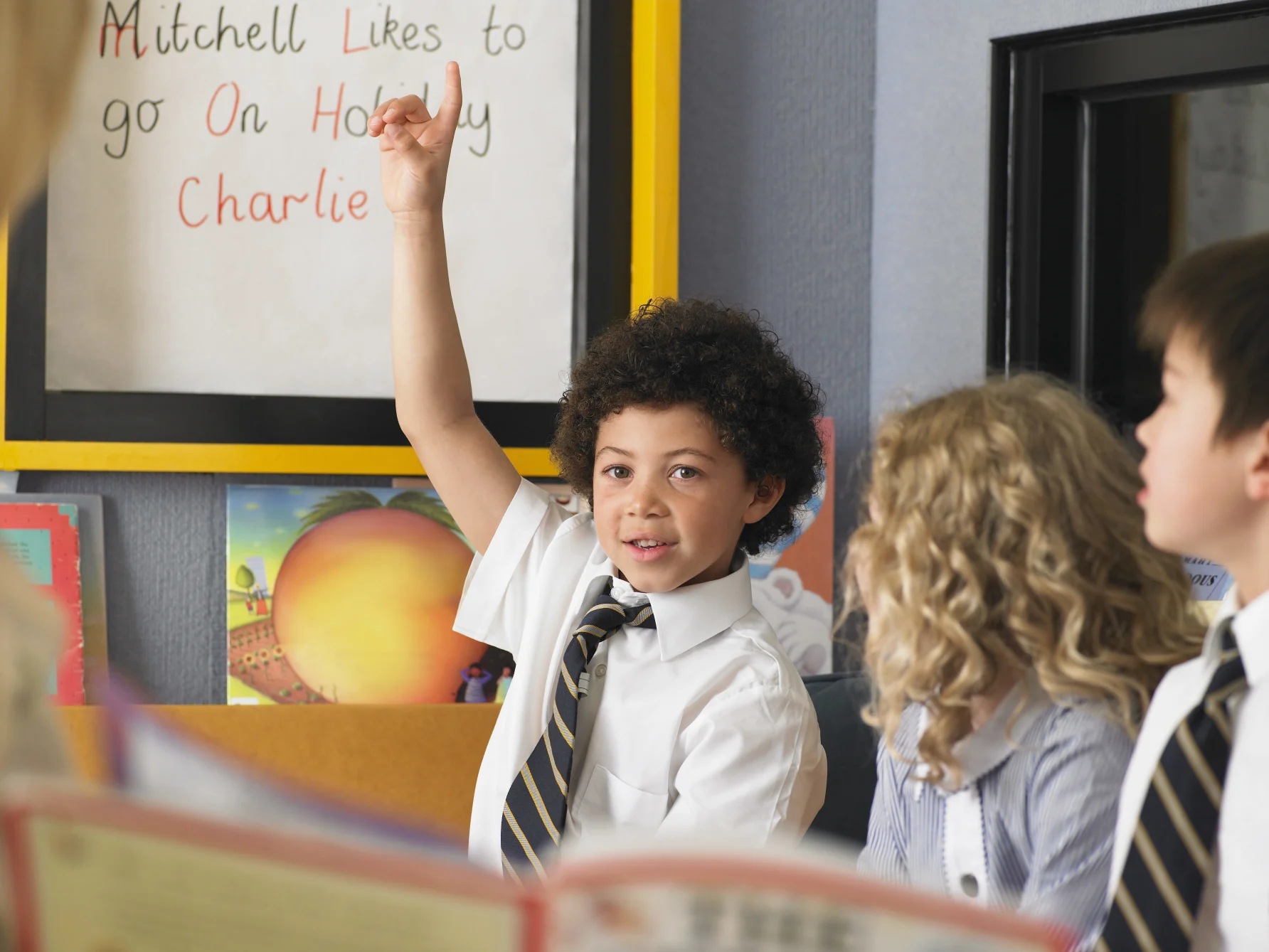
Seeing injustice as memory
Injustices carried out by colonial authorities and settlers were frequently represented in the curriculum as memory: episodes to be remembered and never forgotten. For example, Sorry Day and The Apology both relate to truth-telling about the Stolen Generations.
In the curriculum, these were listed as days of ‘celebration and commemoration’ alongside others including Australia Day and ANZAC Day. This conveys the idea that child removals happened only in the past, and ought to be remembered, but reside ultimately, in memory.

Health & Medicine
This has so rarely occurred in the University’s history
Child removal was part of state-designed policy that authorised gross violations of human rights.
Today, state systems continue to remove Indigenous children from their families at high rates.
Child removal is not merely a memory, and nor does it belong alongside days celebrating colonial violence, like Australia Day.
Can injustice be compared?
Colonial injustices in the curriculum were frequently compared with other episodes of violence or conflict. These might be happening elsewhere in the world, or they might be injustices experienced by other groups – often women and migrants.
Yet the primary agent responsible for historical injustices (the colonial, later Australian state) is rarely named in the curriculum.
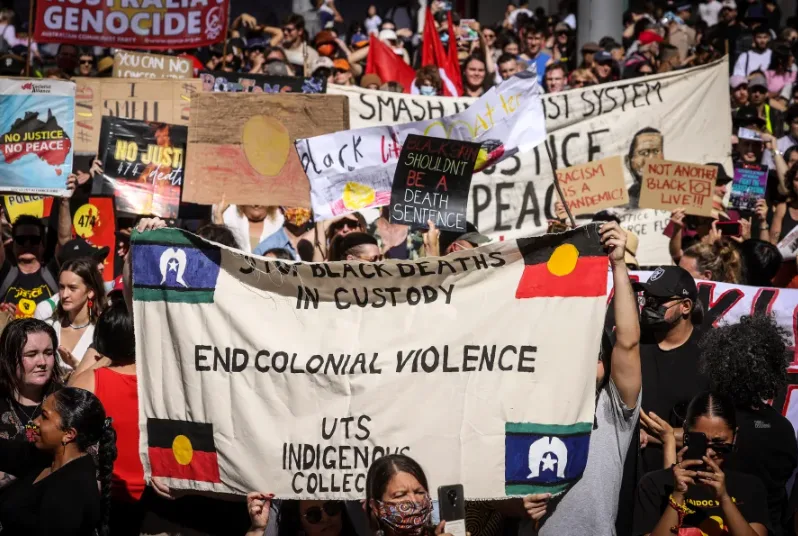
Instead, responsibility for injustice is not located at all.
Nor are the dominant ideologies at the time, like white supremacy and racism that legitimated reprehensible policies and practices against minority groups. This means that the curriculum creates an impression of agentless and normalised violence.
Another way comparison is used in the curriculum is to consider how violence led to ‘positive’ outcomes.
For example, at levels 3 and 4 in the current curriculum, “the impact of European exploration and colonisation in Australia” is compared with “how these experiences contributed to cultural diversity”.
This has the effect of normalising or downplaying the effects of violence. Colonialism is positioned as facilitating the possibility of something positive, in this case, cultural diversity.

The personal stories of injustice
My analysis found a strong emphasis on the personalisation of the history and impacts of colonialism in the curriculum. This includes exploring the thoughts and feelings of people in the past and reconstructing their intentions.
Making the past personal is a popular strategy to encourage students to connect and identify with people in the past.
But research from around the world has found shortfalls in this approach.
In places like Sweden, England and South Africa, studies have found that an over-emphasis on personal stories of injustice, including feelings of hurt or exclusion, do not necessarily translate into deep understandings of complex historical processes, like colonialism, war, migration and revolution.
Instead, they can create shallow understandings of injustice as individual failure or evil.
Or, as an individual problem of overcoming discrimination, rather than developing an understanding of the broader structures behind discrimination and their legacies in the present.

Injustice and human rights
By far the most common way colonial injustices are represented in the curriculum is as part of a progressive narrative of human rights.
Beginning in 1945 with the Charter of the United Nations, historical injustices including child removals, disenfranchisement and discrimination are gradually redressed through expanding access to rights during the 20th century.
While there is truth to this story, there are some limitations.
This narrative represents the Australian state as a benevolent power that gradually extended rights to Indigenous people. Injustices are positioned as unfortunate errors on the pathway to greater national inclusion.

What of the long history of Aboriginal and Torres Strait Islander protest, activism, aspiration and self-determination – movements that have engaged, exceeded, and refused liberal right’s frameworks?
A real potential for reflection and dialogue
Teaching about colonial injustice in the curriculum has rich potential to open opportunities for reflection and dialogue.
There is clearly a new consensus emerging about the importance of truth-telling in education. This marks a major shift from the pre-Apology era of historical denial and a ‘three-cheers’ vision of our national past.
But ultimately, my research finds that including truth-telling in the curriculum does not necessarily disrupt colonial knowledge, ways of knowing and the colonial power structures they continue to uphold.
And this raises more questions about how truth-telling in education might genuinely support social transformation.
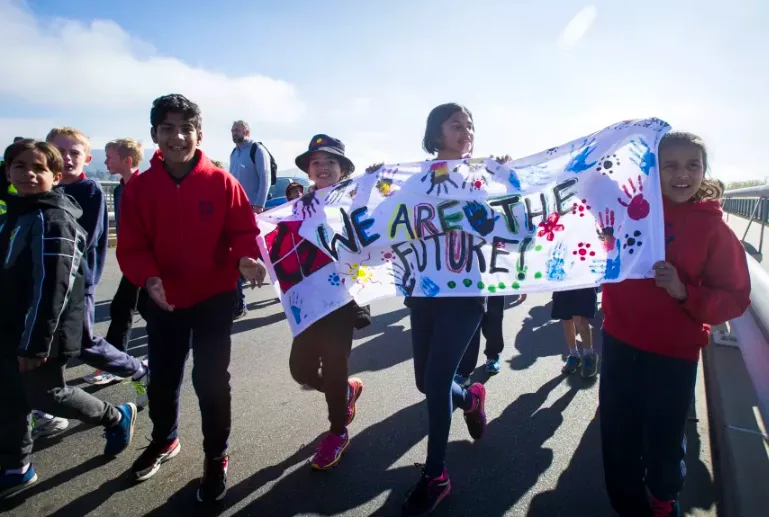
To do so, the curriculum must do three things. First, it must help non-Indigenous young people to understand how past injustices influence their contemporary lives.
Second, curricular reforms must be matched by support for teacher education and professional learning to teach new content intended to address injustice.

Health & Medicine
One of the most affecting and unsettling things I have ever seen
An educational resource on Gudyarra (the Bathurst War) produced by the Australian Institute of Aboriginal and Torres Strait Islander Studies is a terrific guide, as is the book Decolonising Australian History Education which provides concrete strategies for decolonising history education.
However curriculum resources like these need to be matched with systemic support for teacher capacity-building.
Finally, but most importantly, until truths are told within a curriculum that embraces Indigenous ways of knowing, learning and being, they will not be fully heard.
Truth-telling must be led from an Indigenous cultural lens but is a process shared by all Australians.
There is so much all Australians can learn from Indigenous Deep Time histories that connect people across millennia to country, language, culture and identity. Initiatives like the Ngarrngga project are developing evidence-based tools to support educators in showcasing Indigenous Knowledge within their teaching and learning.
Education has a key role in encouraging the development of a rich tapestry of truth.
With major reforms impending, it’s the ideal time to embrace the full promise of truth-telling as a foundation for social transformation.
Dhoombak Goobgoowana – A history of Indigenous Australia and the University of Melbourne – Volume 1: Truth is published by Melbourne University Publishing and edited by Dr Ross Jones, Dr James Waghorne and Professor Marcia Langton. Hard copies are available to purchase, and a free digital copy is available through an open-access portal.

